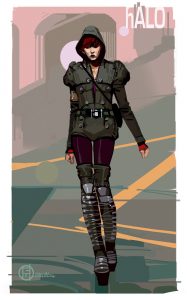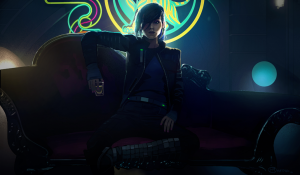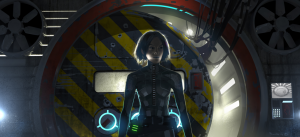Regan slid herself past Andrew to the corner of the bar, for a view of the fire and what were surely the sources of the strange voices: two figures like engravings, all black and white and long thin lines. One had long straight hair bound back with leather, the other was all angles and ragged edges, both of them pale and smooth of face.
Marta followed her look a shake of her head and a finger crossing her chest. “Weird ones, those two. Howled in with the wind last night.”
One of the blacksmith’s boys, Regan could never remember which one was which, looked over his shoulder, and smirked at Regan. “Could be your brothers, eh? The magpie’s got a clan, at last.”
‘Magpie’ was not the foulest name she had in town, but perhaps the cruelest. Stealer of gold, raider of nests.
“Or her sisters. Too pale they are for honest men’s work,” said Andrew. But he said it quietly, with an eye to the strangers’ swords—long as a Highlander’s with basket hilts and wicked curves—and the brace of pistols on the table.
“George Brewer said they rode in from the south. English spies, most like,” said a blacksmith.
“No spy’s going far looking like that,” his brother replied, “‘less they’re spying in a graveyard. Irish, I’d say,” with a look at Regan, “mercenaries, after the bounty on the moss-troopers. Corpse pickers, that lot, and drawn to the war.”
“Savages from the Indies, across the sea,” said Marta, “and pagan as a Highlander, mark my word.” There was a chuckle at that all round.
“Whatever else they might be,” said Regan, “they’re showing silver.” The group looked over as one, and indeed, one of the two men by the fire, the spikey one, was tapping a coin on the table, an eyebrow raised between ragged hair and a ragged grin.


